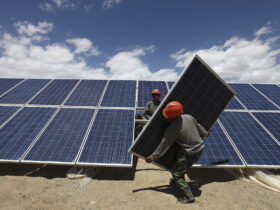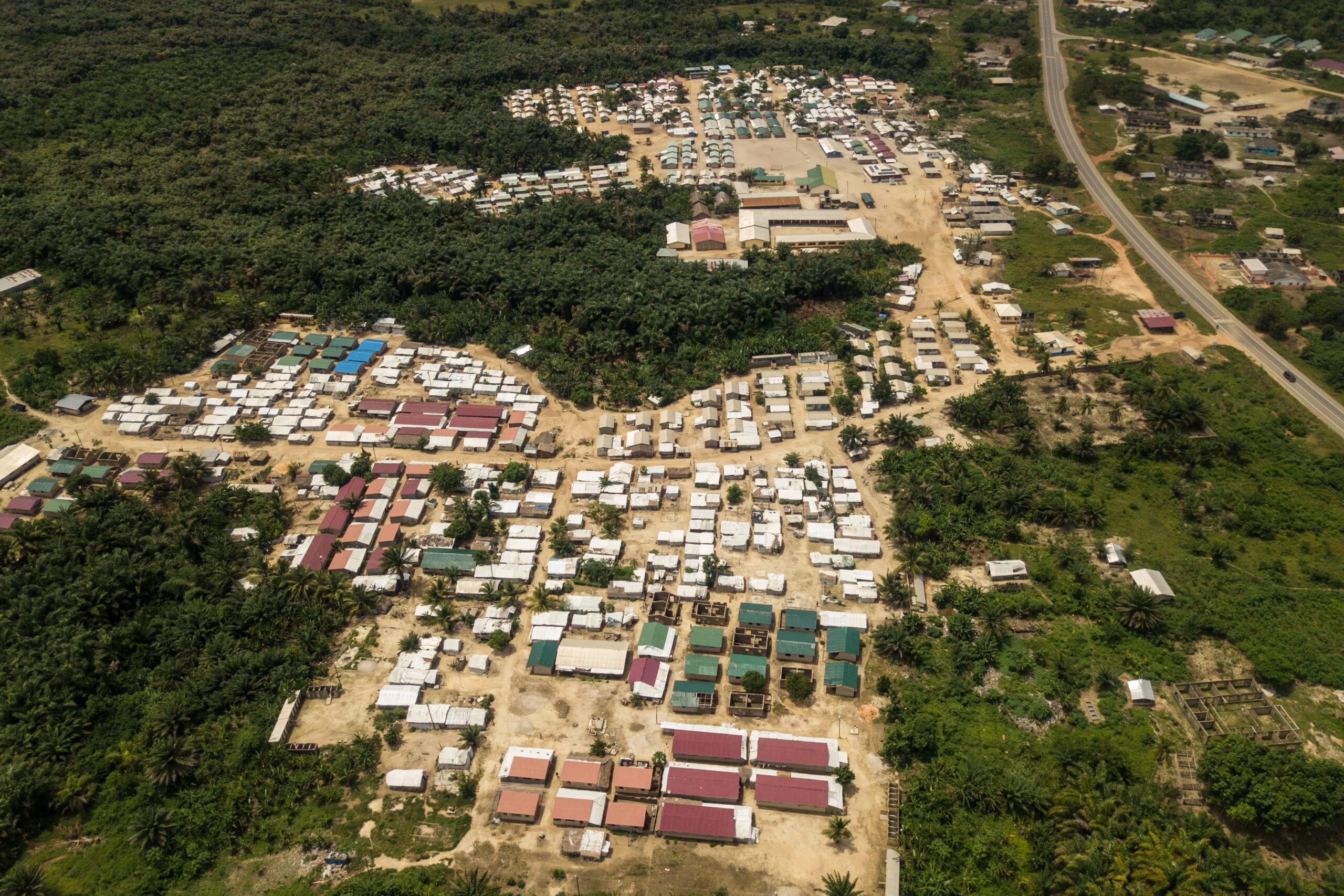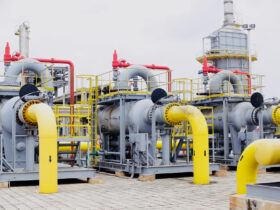
The promotion of renewable developments, the value of private participation, and the role of natural gas remain key in energy transition considerations. Africa’s energy transition, motivated by the need to reduce global greenhouse gas emissions and alleviation of energy poverty by 2050, remains a top priority and critical point of discussion in 2021.
With international treaties such as the United Nations (UN) Sustainable Development Goals and the UN Framework Convention on Climate Change influencing the shift from traditional fossil fuels to renewable energy developments, many African countries have implemented supportive policies and regulations, increased Independent Power Producer (IPP) participation, and recognized the role of natural gas as a transitionary resource.
In Africa, energy poverty remains a significant concern with over 640 million people lacking access to electricity. With energy poverty comprising a direct hindrance to economic growth, there has been a renewed focus on renewable power generation developments to meet rising demand, address electrification targets, and comply with global climate initiatives.
In a bid to fast-track renewable developments and establish an enabling environment for investment, many African countries have implemented renewable supportive policies and regulations.
Specifically, countries such as Morocco with its Law 13-09 providing a legal framework for the development of renewable energy; Egypt’s net-metering scheme to promote distributed solar; and South Africa’s Integrated Resource Plan, have established investor confidence, leading to increased developments.
Despite the renewed focus on renewable developments, one of the primary challenges slowing down Africa’s energy transition comprises the lack of sufficient finance required for large-scale power generation developments.
As Addleshaw & Goddard state in their Africa Energy Transition: Policy and regulatory developments report, Africa’s electricity markets – the majority of which are state-funded and operated – may require significant amounts of private capital if they are to shift to 100% renewable energy generation.
The International Energy Agency (IEA) notes, in its Electricity Market Report 2020, that the majority of countries have vertically integrated utilities with little or no private participation. This limits grid development and the generation of public funds.
Accordingly, countries such as South Africa have introduced programs intended to boost Independent Power Producer (IPP) participation and drive investment into associated renewable projects. Additionally, countries are shifting to private ownership and operatorship of transmission infrastructure to accelerate grid developments and reduce energy poverty.
Notably, the National Electricity Regulatory Authority of Uganda has proposed the privatization of certain parts of the Ugandan power transmission system, thus spurring private investment and involvement in the country.
However, renewable energy alone may not be enough to address Africa’s energy crisis. Despite decreasing costs of renewable technologies accelerating developments, financing, intermittency, and feasibility challenges characteristic of renewables continue to hinder economic growth.
Consequently, the role of natural gas in addressing electricity demand while facilitating a transition to cleaner fuel sources has been identified. Africa’s abundant natural gas resources – 221.6 trillion cubic feet of proven reserves in sub-Saharan Africa alone – have the potential to address global energy demand.
Additionally, natural gas is considered an ideal ‘stepping-stone’ to climate-friendly energy sources. The development and utilization of natural gas can ensure socioeconomic growth through energy poverty alleviation and enable the renewable energy market enough time to adequately develop.
The need for an energy transition in Africa has only been further accelerated by the COVID-19 pandemic, in which a reinforced energy divide and increasing energy poverty rates have led to a re-focusing on renewable developments to meet rising demand and address electricity challenges.














Leave a Reply